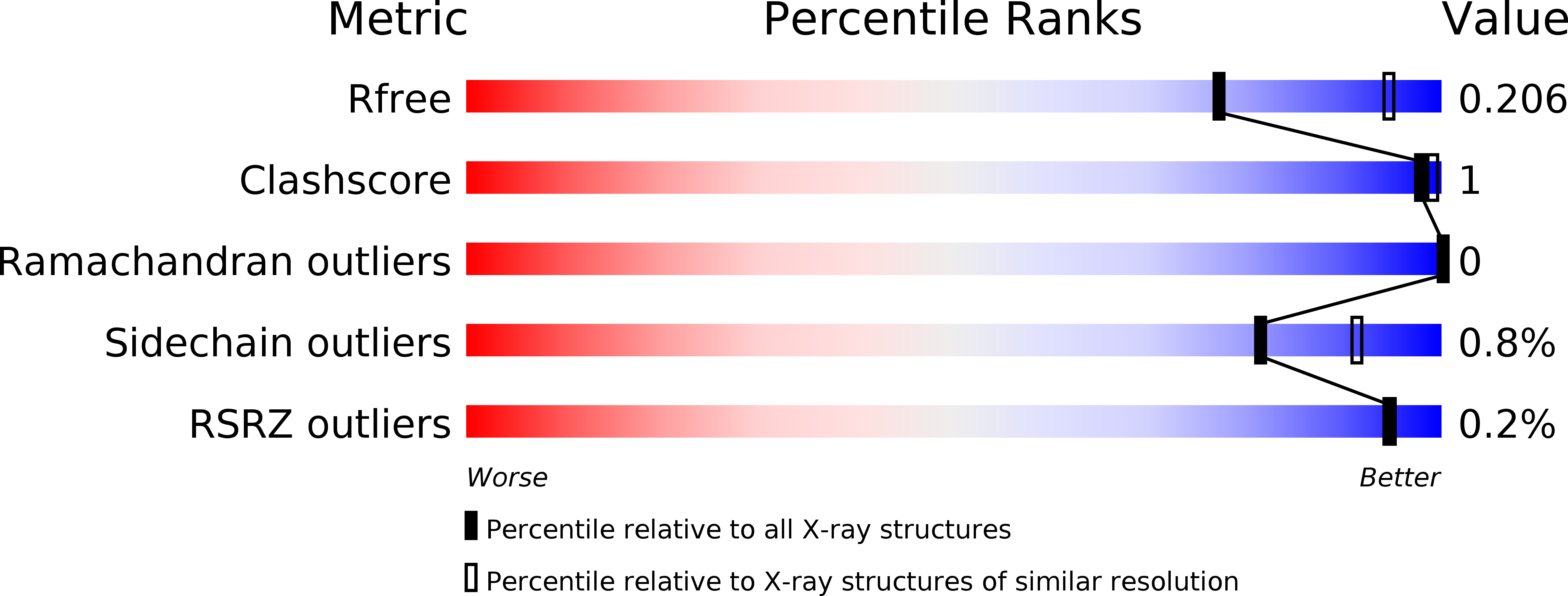
Deposition Date
2005-01-07
Release Date
2005-09-29
Last Version Date
2023-12-13
Entry Detail
PDB ID:
2BH3
Keywords:
Title:
Zn substituted E. coli Aminopeptidase P in complex with product
Biological Source:
Source Organism:
ESCHERICHIA COLI (Taxon ID: 562)
Host Organism:
Method Details:
Experimental Method:
Resolution:
2.40 Å
R-Value Free:
0.20
R-Value Work:
0.17
R-Value Observed:
0.17
Space Group:
I 41 2 2


